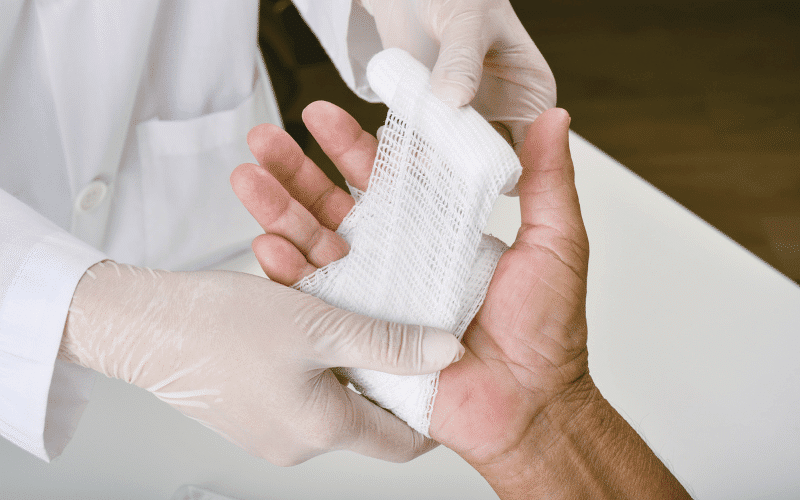Symptom 10: Slow Healing Wounds

Slow healing wounds are another symptom that can be associated with aplastic anemia. When the body doesn’t produce enough red blood cells, white blood cells, and platelets, the healing process can be compromised. Red blood cells are responsible for delivering oxygen to tissues, white blood cells help fight infection, and platelets play a critical role in clotting and wound healing.
Individuals with aplastic anemia may notice that even minor cuts or scrapes take longer to heal than usual or become easily infected. In more severe cases, slow healing wounds can lead to chronic sores or ulcers, which can be painful and challenging to manage.
It’s important to monitor any wounds or injuries and seek medical help if they don’t seem to be healing at a normal rate or show signs of infection, such as redness, swelling, or pus. A healthcare professional can evaluate the situation and determine if aplastic anemia or another underlying condition is contributing to the slow healing process.
By addressing the root cause and implementing appropriate treatment strategies, many individuals with aplastic anemia can experience improved wound healing and a reduced risk of infection, contributing to better overall health and well-being.